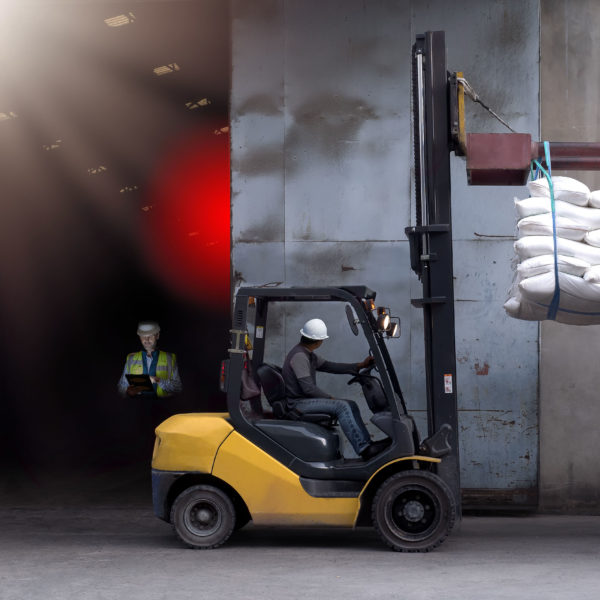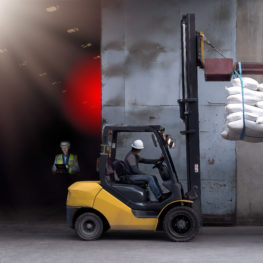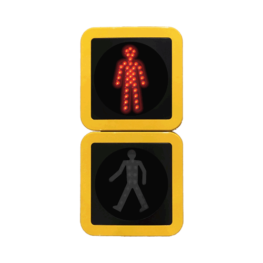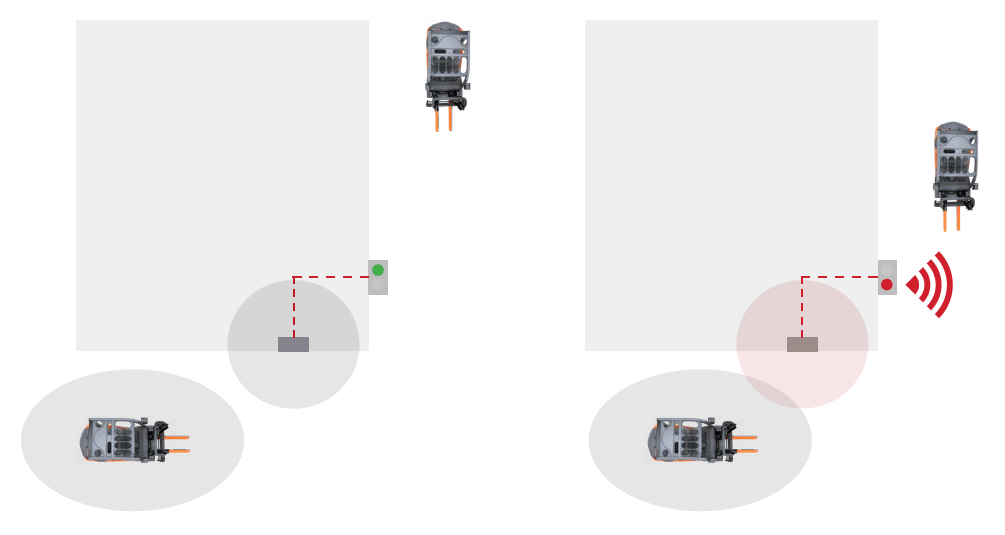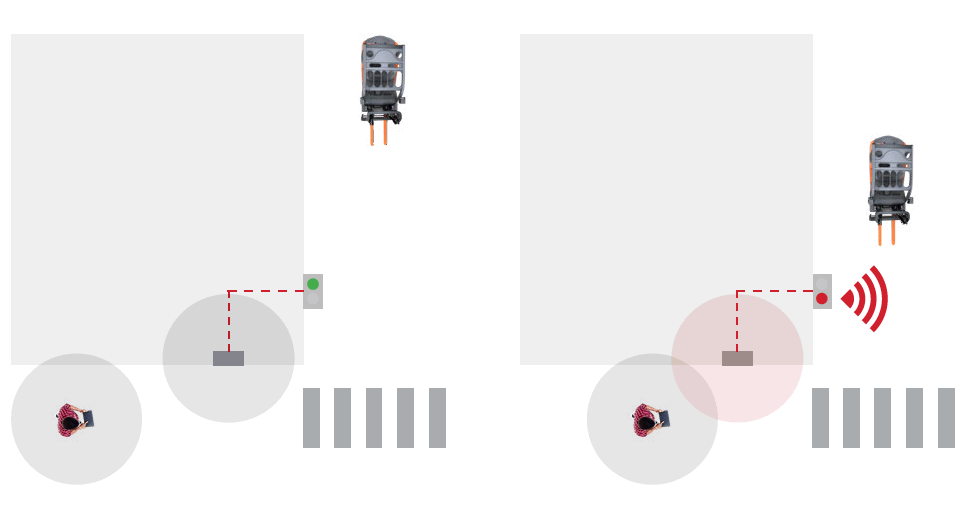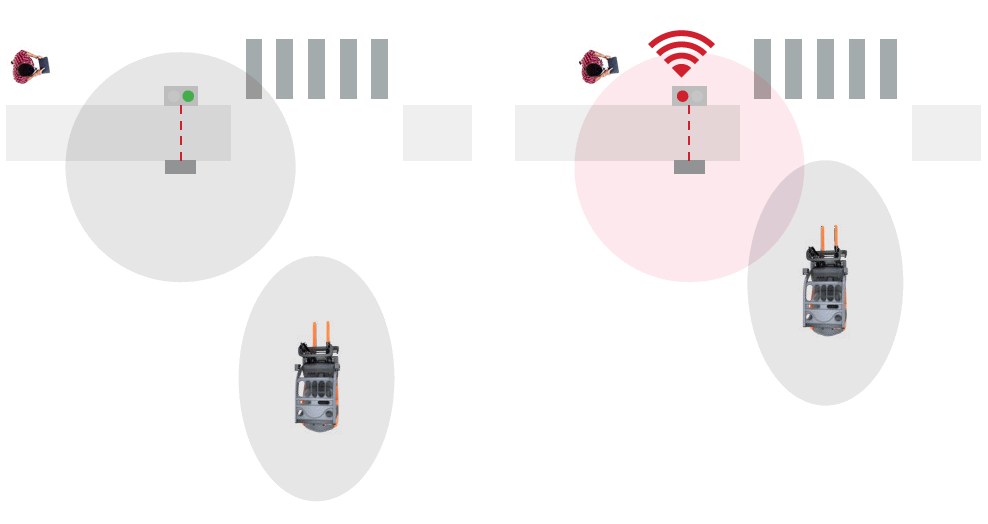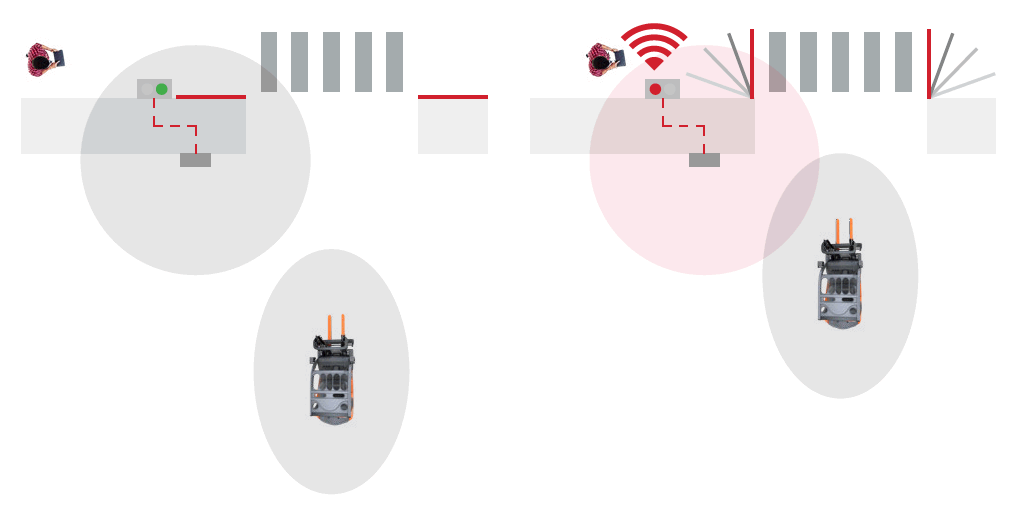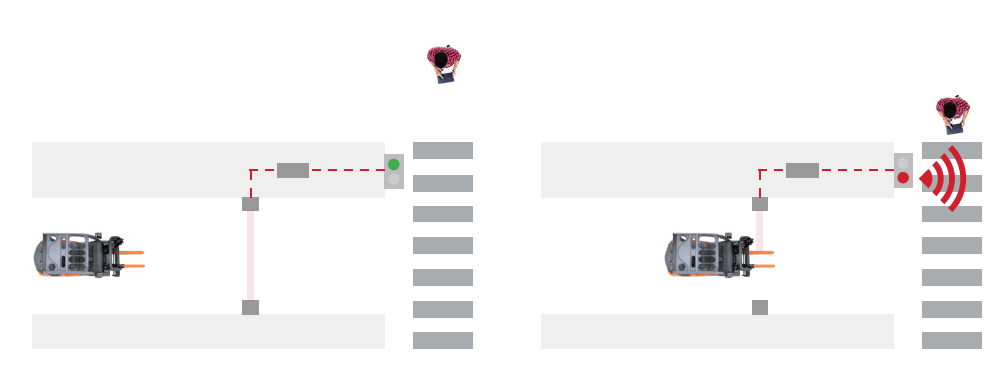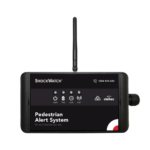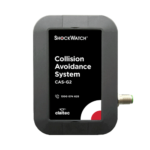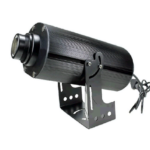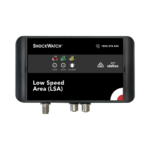The Blind Spot System (BSS) is a warehouse solution that alerts forklift operators of other forklifts or pedestrians approaching a blind spot, intersection, doorway or gate. The system can be used to trigger lights, buzzers, traffic lights or lock/unlock gates etc to indicate right-of-way between pedestrians and forklifts.
- Detection of trucks and/or pedestrians in the proximity of the traffic light.
- Easy installation.
- Durable and robust system components.
AREAS OF APPLICATION
- Loading and unloading zones
- Poor visibility areas at junctions between pedestrians and forklifts
- Areas with high forklift traffic
HOW THE SYSTEM WORKS:
The examples illustrated below are just a few of the many custom combinations the BSS can be configured to, including the addition of ShockWatch’s Pedestrian Alert System (PAS).
BSS Example 1
Forklift Detection – Blind Corner
System Components
- All forklifts are fitted with ShockWatch Pedestrian Alert System (PAS)
- A Tag is fitted to the wall
Main Operating Characteristics
- When forklift is detected in range of wall Tag, it triggers light and/or buzzer on blind side of intersection to alert oncoming traffic of approaching forklift or pedestrian
- Detection range up to 7m
BSS Example 2
Pedestrian Detection – Blind Corner
System Components
- All pedestrians wear ShockWatch Tags
- A Detection Unit is fitted to the wall
Main Operating Characteristics
- When pedestrian is detected in range of unit, it triggers a light and/or buzzer on blind side of intersection to alert oncoming traffic of approaching pedestrian
- Detection range up to 7m
BSS Example 3
Forklift Detection – Doorway
System Components
- All forklifts are fitted with Detection Units
- A Tag is fitted to wall or ceiling
Main Operating Characteristics
- When forklift is detected in range of wall or ceiling Tag, it triggers light and/or buzzer on other side of wall to alert oncoming pedestrians of approaching forklift
- Detection range up to 7m
BSS Example 4
Forklift Detection – Gate
System Components
- All forklifts are fitted with Detection Units
- A Tag is fitted to wall or ceiling
Main Operating Characteristics
- When forklift is detected in range of wall or ceiling Tag, it triggers light and/or buzzer on other side of wall to alert oncoming pedestrians of approaching forklift
- Gates are locked on forklift approach. A manual gate override button can be installed in case pedestrian is caught in mid-crossing
- Detection range up to 7m
BSS Example 5
Forklift Detection – Beam
System Components:
- Reflector beam fitted near pedestrian crossing
- Reflector mirror fitted opposite reflector beam
- Control Unit connected to mains powe
Main Operating Characteristics:
- When forklift approaches pedestrian crossing a beam is broken to trigger the light/buzzer alert

